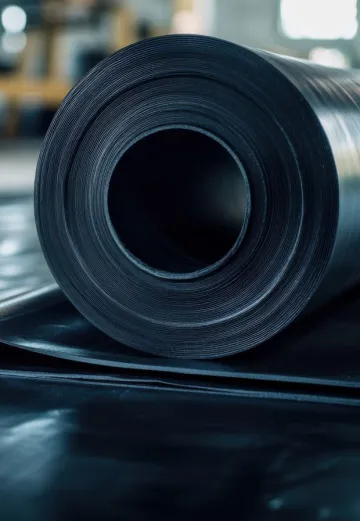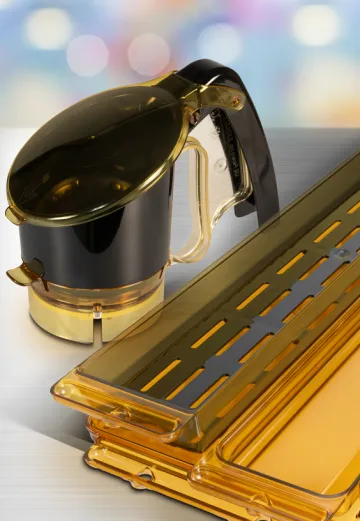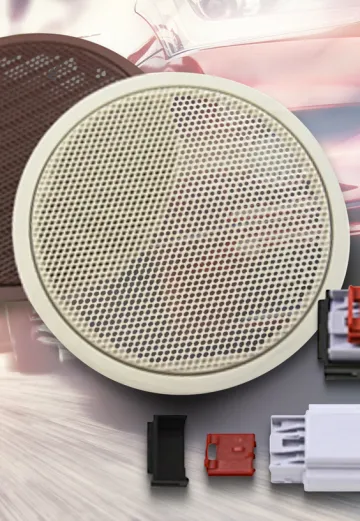What’s driving growth: new standards and new end-user expectations
More and more medical devices are required to be sterile and call for sterile packaging. Driving this growth are an increase in new device classes that need to be sterile, more devices in each class, and new specifications for device packaging.
For instance, spinal devices that used to be sterilized in the hospital are now packaged sterilely. At the same time, new spinal devices are going to market every day, which include new specifications about how the end-users interact with these packages.
In order to anticipate these market forces, medical device manufacturers must take the performance of their packaging seriously—and do so early on in device development. Manufacturers that wait until the last step to design and validate the performance of their packaging risk losing valuable time in their rush to market.
Many medical device packages (up to 30%) fail their initial validation tests. When that happens, designers must start over and rethink the entire package. To prevent this, packaging engineers and designers should be working on parallel timelines with device engineers to avoid these delays. Here we’ll cover several other market forces that are affecting packaging development.
Recalls Are More Frequent
The primary goals of medical device packaging—and performance validation—are to keep patients safe, keep end-users safe and prevent FDA safety recalls. Adding to the complexity is that the ISO 11607 specification covering medical device packaging is open to a certain level of interpretation.
The ISO specification demands rigorous package testing and validation, but the “passing” criteria are somewhat subjective. As is the case with many third-party specifications, an industry consensus evolves into industry best practices to achieve the specification goals. The companies performing the validation tests and reporting the results come to understand what is happening in the real world after those packages reach the market so they can avoid recalls.
The bottom-line concerns come down to testing and validation that gives medical device manufacturers: 1) a high level of confidence in their product and packaging; 2) documentation that meets adequate levels of the company’s risk management policies.
Sterilization Methods Are Changing
One common sterilization method that is waning in popularity is Ethylene Oxide (EO) sterilization. Fewer companies are providing this service, so the porous HDPE lidding material required for this method is also in lower demand.
The move to Gamma, UV Light, or X-ray sterilization presents new challenges. Gamma radiation can make plastics more brittle and affect the completeness of adhesion and the strength of lidding seals because of the heat bouncing electrons produce. However, with the right materials and adhesives, gamma radiation can achieve better seal performance than some alternatives.
New End-User Specification Added
The 2019 update of ISO 11607 added specifications regarding end-users, their safety, and the ease-of-use of medical device packaging. As mentioned above, these requirements leave a little area for interpretation on implementing and testing for the specification.
In a top-level view, the “end-user” specification covers these five primary categories:
- Must be aseptically presented to end-user
- Must be able to be opened with ease
- No particulate or packaging material can come off during opening or use
- Must consider users throughout the supply chain
- Should cater to demands of the specific end-use environment
Marketing Is Extending the Design Phase
Wherever there’s a new package, marketing sees an untapped opportunity. Increasingly, marketing departments are adding branding and marketing design elements to medical device packages. But this inevitably adds another step—and more time.
For sterile barrier medical packaging, marketing finds the lidding material the best place to add design elements. And where there are marketing initiatives, customization usually isn’t too far behind. In this new era, it’s always preferable when a supplier can take the design, printing, and validation process in stride while managing marketing departments’ expectations.
Demand for Turnkey Solutions Is Growing
Validation testing can get expensive if you have to test dozens of expensive products and packages. Medical device manufacturers must supply 22 devices and packages for 90/90 reliability validation or 59 devices and packages for 95/95 reliability validation. In addition, time-to-market delays can be costly.
Medical device manufacturers want an easy, trouble-free qualification process to avoid failing their initial safety and sterility compliance validation testing. That’s why turnkey solutions that have been proven through the validation process time and time again are so valuable to manufacturers. Moreover, turnkey solutions usually come from companies that supply reliable materials, reliable equipment—and the expertise to know how they interact.




